Build Your Own Trout Net
You'll have the best looking net on the stream!
By Clive Schaupmeyer

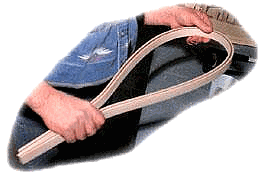
Note: This is not an instruction on how to build a fly-fishing
net, but an overview of the process. If you are interested, get together
with some friends and track down a local net builder to work with you.
If you have detailed questions send them to
me and I will try to get an answer back to you.
There is something about wooden nets that we all
like. They fit the 'organic' outdoorsy view we have of ourselves. Which
works provided we ignore the SUVs, graphite rods, space-aged waders, and
all the other tackle. No matter, wooden nets are a nice touch.
Building a fancy wooden net seemed mysterious to
me, but with the expert instruction we received it was not difficult. That's
not to say you can't build one on your own either, but having a guide was
a help. Here's how several club members and I got into building a net.
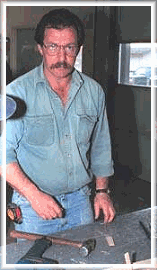
About two years ago a new member, Alan Kloepper,
showed up at our local fly-fishing club meeting with a handmade net. The
gorgeous net was passed around and fondled by drooling club members. Alan
was clearly a fine craftsman, but the obvious questions were: Could we
do that too, and would he show us how?
Late last winter several club members gathered in
the local school division maintenance shops on a couple of Saturdays and
Alan guided us through the construction of hand-made nets.
Our nets are made from four wood parts: three clear
(knotless) hardwood strips to form the frame, and a handle insert. Our
group used combinations of dark walnut and light birch strips. Other woods
like maple are also suitable. I used the walnut on the outsides of the
frame and placed the lighter birch in the middle, like a rye and cheese
sandwich. I also decided on the darker walnut for the handle insert. Others
used the reverse combination.
Following is a summary of the basic materials and
steps for one net:
|

 January 4th, 1999
January 4th, 1999

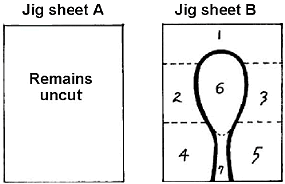
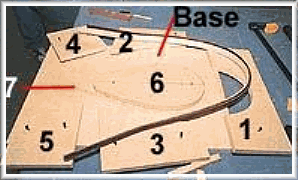
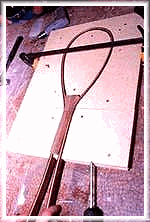
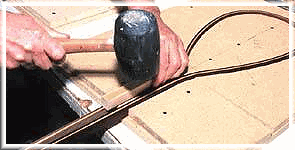
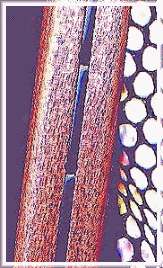
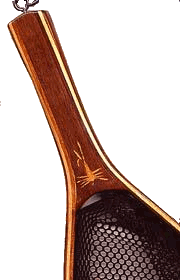
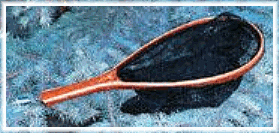

 January 4th, 1999
January 4th, 1999








